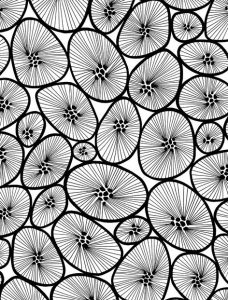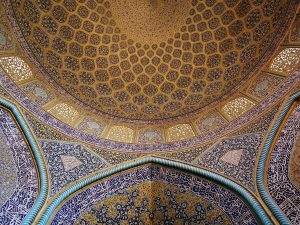I found today’s exercise to be extremely enjoyable, but it was also a great hands on exercise to review what we have been learning so far in class. I feel like having the opportunity to actually complete something after we have learned about it helped put into perspective what the illuminators did in the Middle Ages. When I sat down and decided that I was going to create a C, I also thought about what story I was going to tell through my illumination. A historiated letter is more than just a decorated letter in a book, but it also offers a picture that describes a scene. So I decided to based my image off of my name and my story. I included fragments from my family’s crest in the decoration, as well as a rose for my middle name. As I was channeling my inner patron/illuminator, I understood how these illuminators would depict what was important to the patrons. It was a fun exercise that really opened my eyes up to the world of illuminating from making the paints to telling a story through images.
What was your major takeaway from this experience, and what inspired your illumination?



